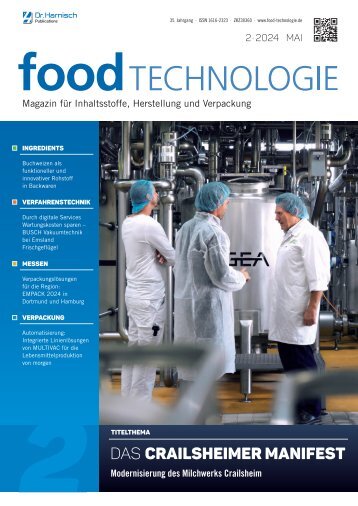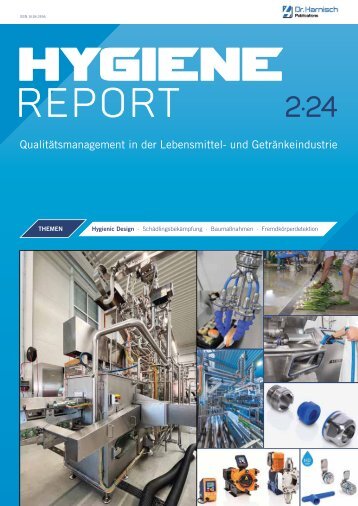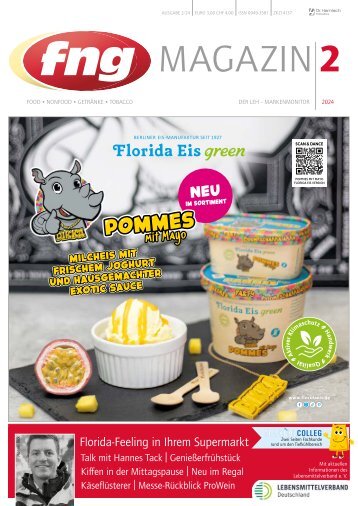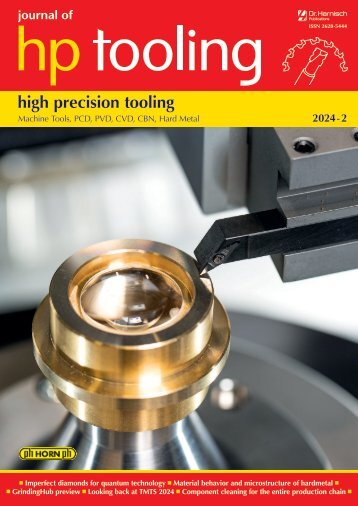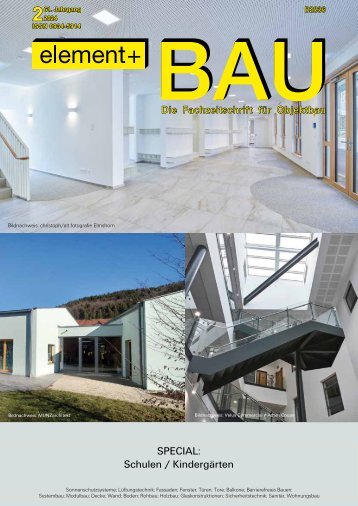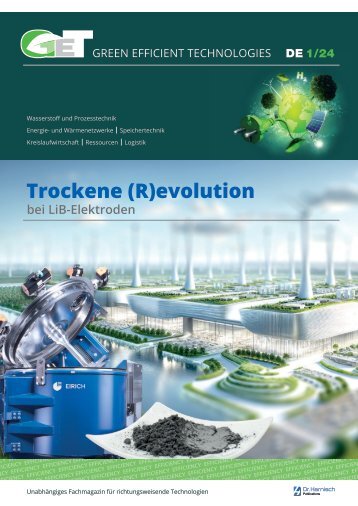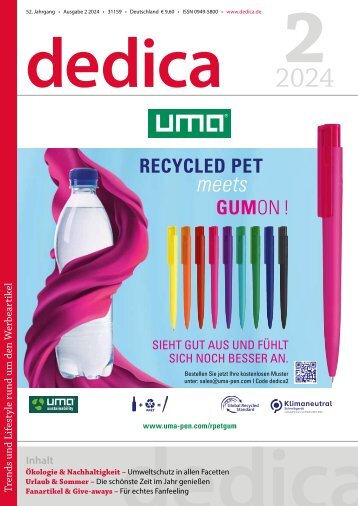GET – GREEN EFFICIENT TECHNOLOGIES EN 1/23
- Text
- Efficiency
- Hydrogen
- Pumps
- Technologies
- Efficient
- Solutions
- Materials
- Operating
- Sealing
- Applications
- Harnisch.com
Decarbonisation Supply
Decarbonisation Supply traffic Defossilization of road-based freight transport through electrified semitrailer systems Electrified semitrailer system “evTrailer” According to the regulations of the European Commission and the European Parliament, vehicle manufacturers should reduce greenhouse gas (GHG) emissions from newly registered trucks by up to 15 % by 2025 and up to 30 % by 2030 compared to 2019 emission levels. To reach independence from fossil fuels, approaches which are equally economical and sustainable for the powertrain of heavy commercial vehicles are to be adopted. In addition to the electrification of the tractor unit, the cooperative drive support by the trailer represents a promising solution to further reduce GHG emissions. The assistance for the tractor using the auxiliary drive of the trailer with integrated use of brake energy recuperation holds enormous potential, especially in the reduction of fuel consumption and CO 2 emissions. The approach of such a new vehicle class of tractioncapable trailers and semitrailers Climate Action (BMWK), partners from Ministry for Economic Affairs and allows for an economical implementation of the sustainability goals for tium) are working on the implemen- industry and research (see consor- road freight transport. tation and approval of a 3-axle trailer with electric traction for cooperative Electrified semitrailer system drive support of conventional tractor “evTrailer” units. The three main objectives of the first project phase of “evTrailer” In “evTrailer”, a joint research project funded by the German Federal consumption of the tractor unit by at (2016-2018) were to reduce the fuel Fig. 1: Concept of the “evTrailer” implemented in the first project phase 30 GREEN EFFICIENT TECHNOLOGIES 2023
Decarbonisation Supply traffic Fig. 2: Testing of self-sufficient shunting operation with passive steering wheels with overtravel on the existing supports least 20 %, to operate the “evTrailer” autonomously on any commercially available tractor unit, and to maneuver autonomously. The first project phase showed that a battery capacity of more than 50 kWh, an electric drive power of at least 150 kW and the possibility of an external electric recharging system for the battery pack (plug-in variant) are required to achieve the emission targets (see Fig. 1). The traction assistance from the trailer is controlled using a sensory kingpin. This control approach helps prevent risky driving behavior for the overall vehicle, for instance, when the trailer pushes the tractor unit. To realize this control, the kingpin is retrofitted with sensory surfaces in a highly integrative approach. However, the resulting change in the kingpin component design requires a separate component approval process. Therefore, the measurement of the forces from the kingpin should be realized via methods which do not alter the existing kingpin, such as using sensory washers. In addition, the “evTrailer” offers further interesting possibilities like dynamic vehicle stabilization and traction support. The notable feature of the trailer is to drive autonomously on electric energy, which enables it to be used with any tractor unit. For autonomous maneuvering, a wheel-selective drive for autonomous cornering is required (see Fig. 2). The 2 nd phase of the joint research project “evTrailer2” started in 2022. This time, the main goal is to significantly increase the efficiency of the trailer. The project aims to achieve the prescribed GHG reduction targets for 2030 with the improved semitrailer system. To this end, the electric drive cooperation system is to be improved in terms of energy efficiency and vehicle safety, and the vehicle energy system is to be extended to include components and Fig. 3: Dolly for autonomous maneuvering technologies for integrating photovoltaics (PV) and fast-charging capability. The GHG reductions expected to be achievable with “evTrailer2” would allow for an economical implementation of the sustainability goals for road freight transport. Technological highlights of the new “evTrailer2” Maneuvering capability In the first phase of the project, steering wheels on the existing supports were used to test the basic maneuvering of the trailer without a tractor unit or load in depot environment. In the second phase of the project, GREEN EFFICIENT TECHNOLOGIES 2023 31
- Seite 1 und 2: GREEN EFFICIENT TECHNOLOGIES EN 1/2
- Seite 3 und 4: Editorial Harvest the sun Humanity
- Seite 5 und 6: HAMPRO® HIGH-PRESSURE PROCESS TECH
- Seite 7 und 8: Leading article sion. In fact, it i
- Seite 9 und 10: Cover story Efficiency Class IE2 IE
- Seite 11 und 12: Cover story Myth 3: Journal bearing
- Seite 13 und 14: Cover story Sealless pumps, both ce
- Seite 15 und 16: Energy carrier hydrogen Transport L
- Seite 17 und 18: Energy carrier hydrogen Material se
- Seite 19 und 20: Energy carrier hydrogen Material se
- Seite 21 und 22: Energy efficiency Heat recovery Fig
- Seite 23 und 24: Energy efficiency Heat recovery Fig
- Seite 25 und 26: From the research Heat pumps Fig. 2
- Seite 27 und 28: From the research Heat pumps Fig. 6
- Seite 29: Efficient manufacturing Special mec
- Seite 33 und 34: Decarbonisation Supply traffic shou
- Seite 35 und 36: Decarbonisation Operating power max
- Seite 37 und 38: Decarbonisation Operating power pro
- Seite 39 und 40: Decarbonisation Production local su
- Seite 41 und 42: Decarbonisation Production fast swi
- Seite 43 und 44: Circular economy Production deep) o
- Seite 45 und 46: PROCESS TECHNOLOGY&COMPONENTS © Ae
- Seite 47 und 48: Companies - Innovations - Products
- Seite 49 und 50: Companies - Innovations - Products
- Seite 51 und 52: Brand name register Lutz Pumpen Gmb
- Seite 54: Dr. Harnisch Verlags GmbH Eschenstr
Unangemessen
Laden...
Magazin per E-Mail verschicken
Laden...
Einbetten
Laden...








































